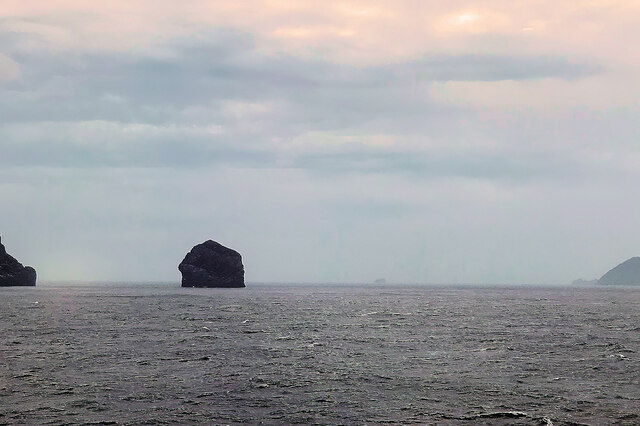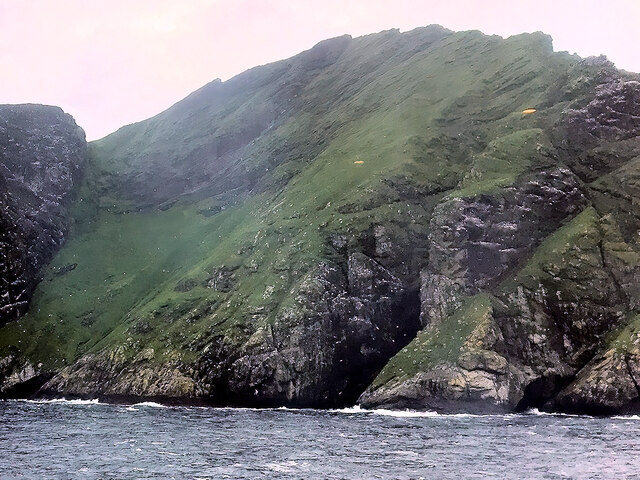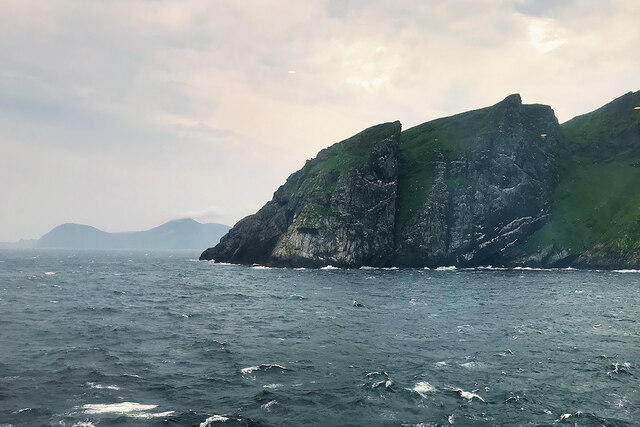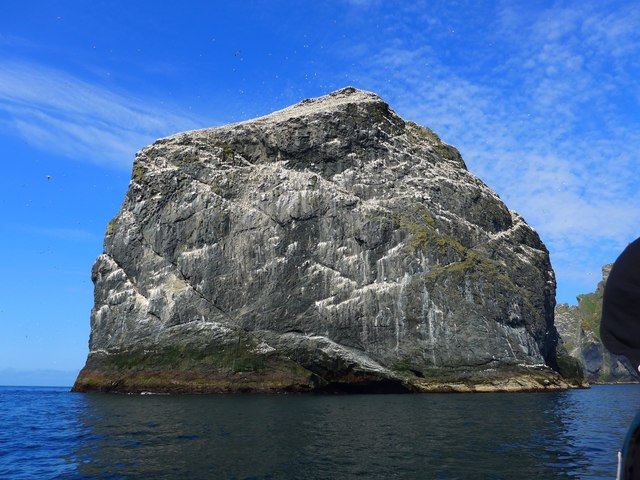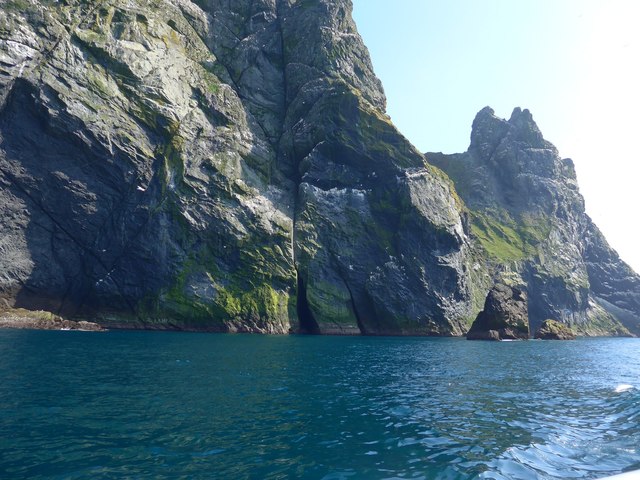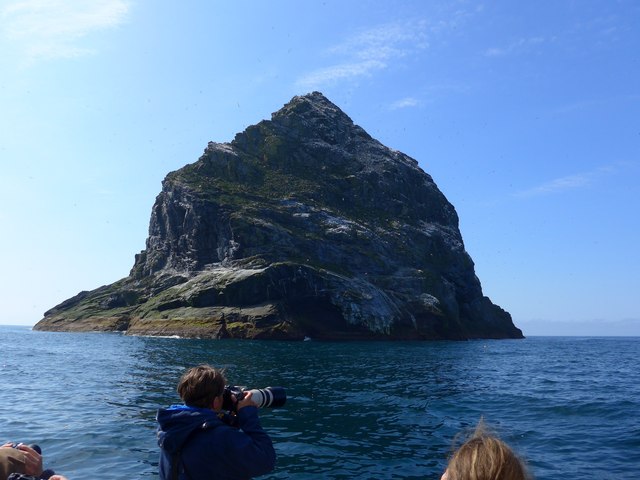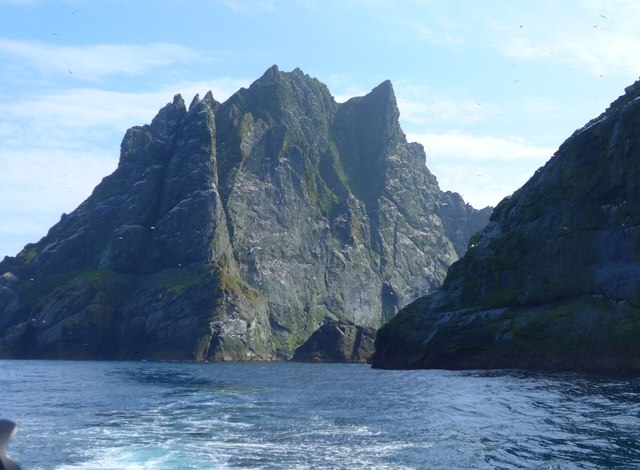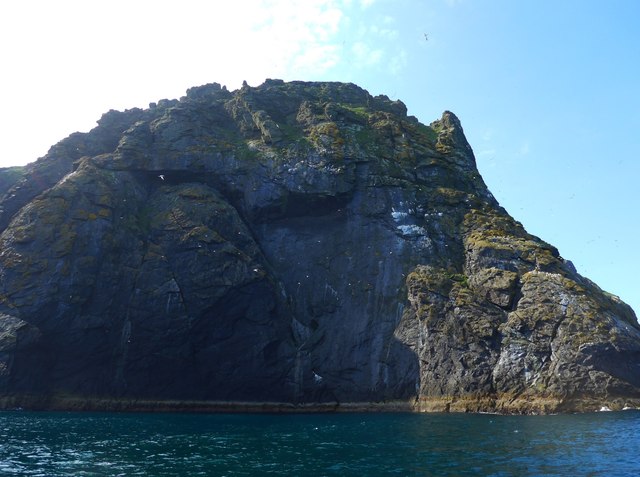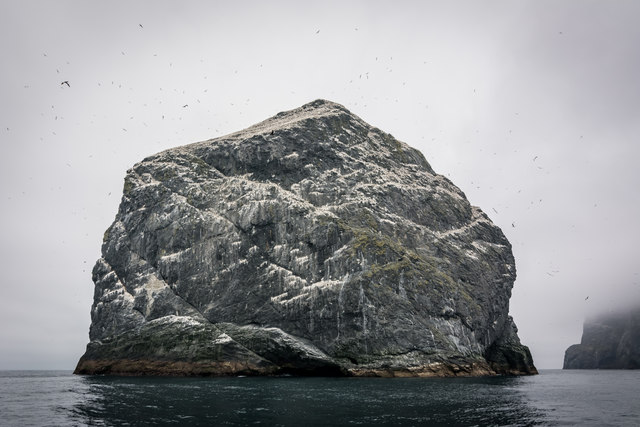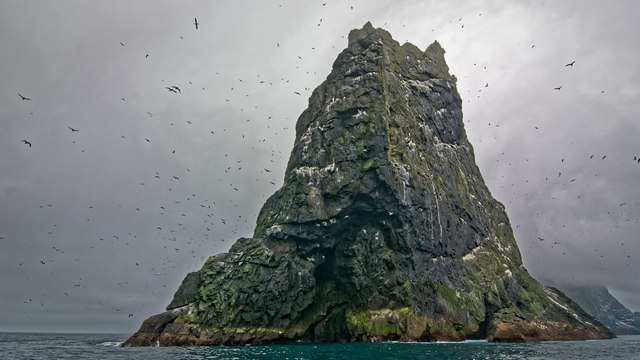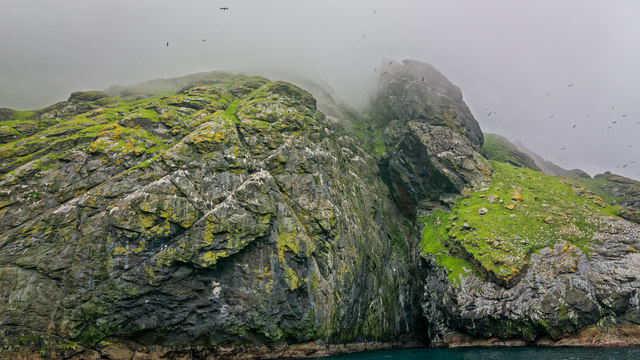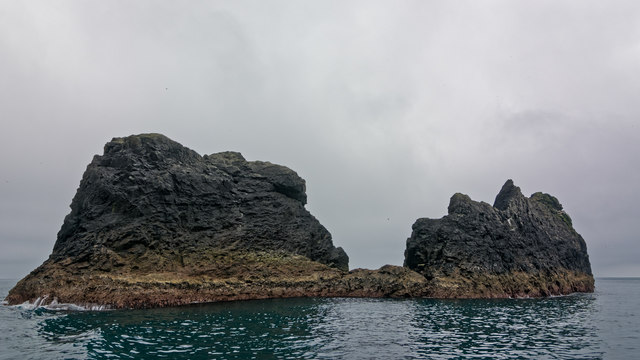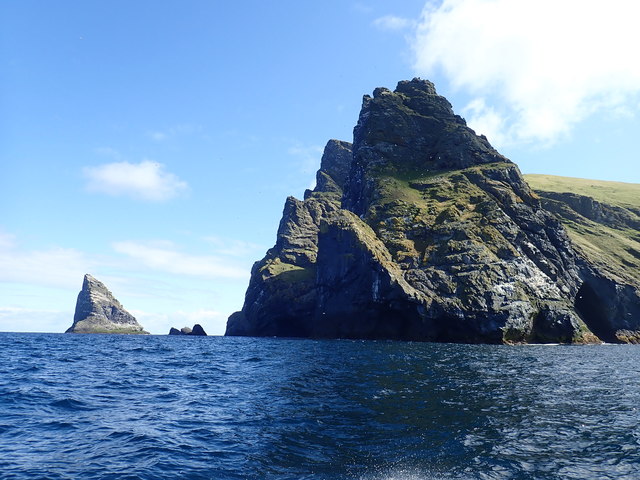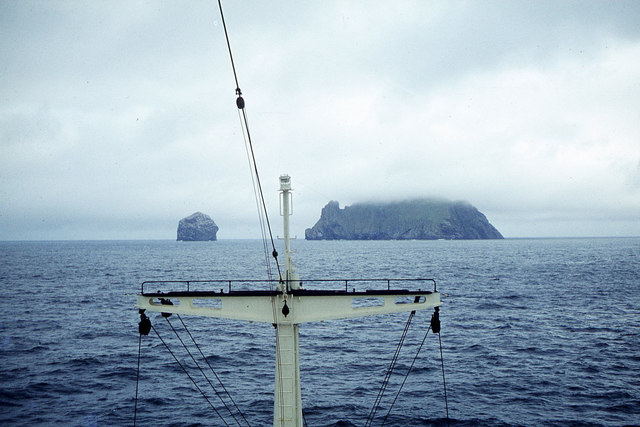Geo an Fheachdaire
Coastal Feature, Headland, Point in Inverness-shire
Scotland
Geo an Fheachdaire
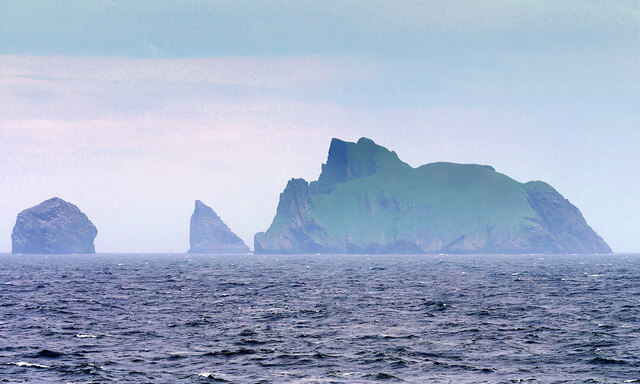
Geo an Fheachdaire, also known as The Watcher's Cove, is a notable coastal feature located in Inverness-shire, Scotland. Situated on the western coast, it is a prominent headland and point that offers breathtaking views of the surrounding landscape.
The name "Geo an Fheachdaire" is derived from Gaelic, with "Geo" meaning cove and "Fheachdaire" meaning watcher or lookout. This name aptly describes the purpose and significance of this coastal feature. The headland provides a vantage point for observing the vast expanse of the North Atlantic Ocean, making it an ideal spot for watching the waves, marine life, and even coastal birds.
With its rugged cliffs and rocky outcrops, Geo an Fheachdaire showcases the dramatic natural beauty of the Scottish coastline. The headland juts out into the sea, creating a unique and picturesque formation that is a favorite among photographers and nature enthusiasts.
Furthermore, Geo an Fheachdaire is known for its rich biodiversity. The surrounding waters are home to various species of fish, seals, and seabirds, making it a popular destination for wildlife enthusiasts and birdwatchers. Additionally, the headland is adorned with an array of vibrant wildflowers and grasses, adding to its charm and natural allure.
Access to Geo an Fheachdaire can be reached by a coastal path, which winds its way along the cliffs, offering visitors the opportunity to explore the area's diverse flora and fauna. It is important to note that caution should be exercised when visiting, as the cliffs can be steep and uneven.
In summary, Geo an Fheachdaire is a captivating coastal feature in Inverness-shire, Scotland. Its stunning views, diverse wildlife, and rugged beauty make it a must-visit destination for nature lovers and those seeking a unique coastal experience.
If you have any feedback on the listing, please let us know in the comments section below.
Geo an Fheachdaire Images
Images are sourced within 2km of 57.866437/-8.4971533 or Grid Reference NA1404. Thanks to Geograph Open Source API. All images are credited.
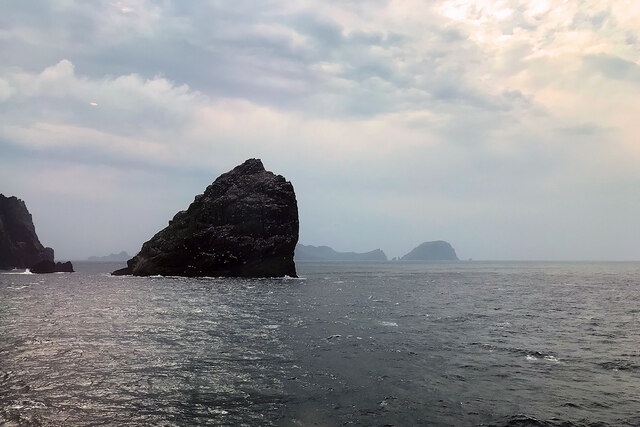
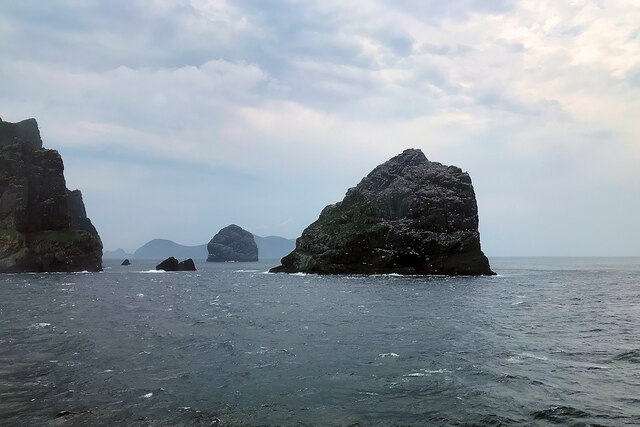
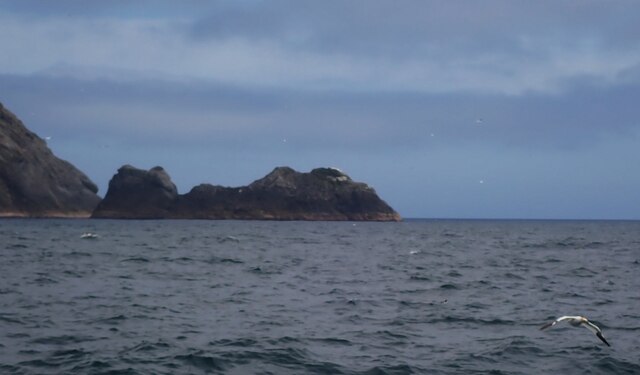
Geo an Fheachdaire is located at Grid Ref: NA1404 (Lat: 57.866437, Lng: -8.4971533)
Unitary Authority: Na h-Eileanan an Iar
Police Authority: Highlands and Islands
What 3 Words
///indicates.tutored.quote. Near Balivanich, Na h-Eileanan Siar
Nearby Locations
Related Wikis
Boreray, St Kilda
Boreray (Scottish Gaelic: Boraraigh; Scots: Boreray) is an uninhabited island in the St Kilda archipelago in the North Atlantic. == Geography == Boreray...
Stac Lee
Stac Lee (Scottish Gaelic: Stac Lì) is a sea stack in the St Kilda group off the west coast of Scotland. An island Marilyn (a point with topographic prominence...
Stac an Armin
Stac an Armin (Scottish Gaelic: Stac an Àrmainn), based on the proper Scottish Gaelic spelling (formerly àrmuinn), is a sea stack in the St Kilda archipelago...
St Kilda, Scotland
St Kilda (Scottish Gaelic: Hiort) is an isolated archipelago situated 64 kilometres (40 mi) west-northwest of North Uist in the North Atlantic Ocean. It...
Nearby Amenities
Located within 500m of 57.866437,-8.4971533Have you been to Geo an Fheachdaire?
Leave your review of Geo an Fheachdaire below (or comments, questions and feedback).
